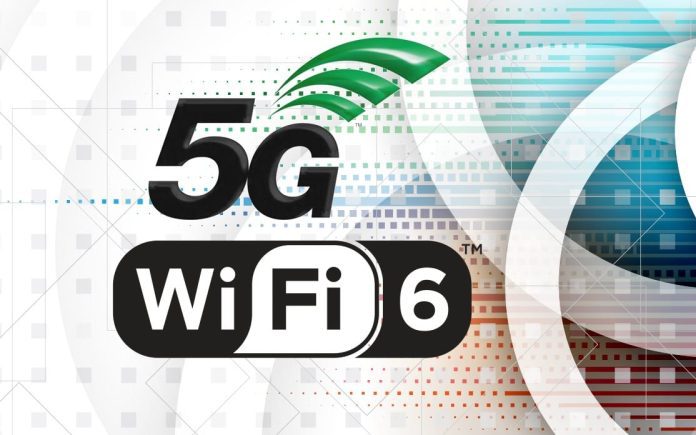The Wireless Broadband Alliance (WBA) has released a “blueprint” for the combination of 5G and Wi-Fi 6 in the broad IoT sector, notably for smart industry, smart cities, smart buildings, and the smart home, as well as sundry edge-based network deployments. It said, done right, these two technologies offer enterprises “almost limitless potential”, in terms of animating and automating their operations.
A new report from the WBA, with input from the 5G and Wi-Fi industries, including from Broadcom, Cisco, Intel and Orange, plus the WBA’s own 5G working group, says businesses stand to gain in terms of wireless coverage and network control from integrating the new Wi-Fi 6 / 6E and cellular 5G NR standards.
Specifically, the WBA highlights ways 5G services should be enabled over Wi-Fi 6 access, in different sectors. These include: Industry 4.0, to improve wireless connectivity and traffic steering on factory floors, as a springboard for advanced analytics; smart cities, where the two “interoperate” to create “uninterrupted” service and control for edge applications; and in the smart home, where they allow for a mix of traffic options in residential applications.
It also highlighted the sense to introduce 5G into public and enterprise Wi-Fi, to bring network providers greater flexibility and coverage, and into Wi-Fi only devices, just to get 5G services and applications to more devices in more locations.
The report recommends certain “action areas” to enable quality-of-service differentiation for 5G flows over Wi-Fi access. These include: recommendations about convergence architecture; multi-access functionality for traffic steering, switching and splitting; end-to-end quality-of-service; policy interworking and enhancements; and 5G support for Wi-Fi only devices without a SIM capability.
The last covers the need to define non-SIM authentication methods over Wi-Fi access for private 5G networks. The WBA recently approved work items on 5G-Wi-Fi RAN convergence in private 5G networks, which will start in Q1 2021. It said the issues presented in the report are under review by industry regulators and standards bodies, including 3GPP and IEEE, and that network providers can actively address them on their own.
Tiago Rodrigues, chief executive at WBA, said: “The continued development of 5G and Wi-Fi 6 & 6E networks presents almost limitless potential for industry 4.0, residential connectivity, connected smart cities and more. But convergence is critical for all parties if they are to truly capitalize on the potential.”
Matthew MacPherson, chief technology officer of wireless at Cisco and board director at WBA, said: “It’s no longer a decision about whether to use Wi-Fi or 5G, but how to use Wi-Fi and 5G in combination. Only by bridging the gaps that currently exist between Wi-Fi and cellular, and between enterprise and mobile carriers, will we be able to unlock the next stage of wireless innovation to connect more people and things.”
Howard Watson, chief technology and information officer at BT, said: “Historically, cellular and fixed/Wi-Fi services have been delivered and consumed as independent offerings. [But] the dividing lines are beginning to blur, and that’s great news…. End-users and industry stand to gain massively from convergence between Wi-Fi and 5G, but only if [the industry] acts together to fully define and deliver these new converged solutions”.
Gabe Desjardins, director of product marketing at Broadcom and board director at WBA, said: “The ubiquity of Wi-Fi and Wi-Fi only devices… provides a low-cost coverage option for the delivery of standalone 5G services. This is particularly true for indoor environments where Wi-Fi is the access technology of choice that can support new and emerging use cases such as mobile broadband access, AR/VR experiences, industrial IoT, distance learning, telepresence, to mention just a few.”

